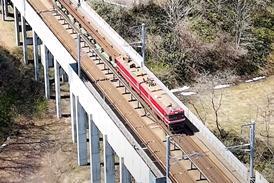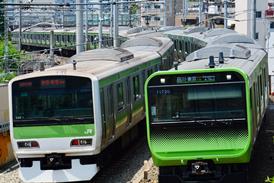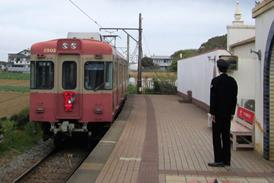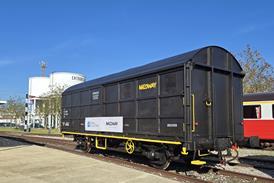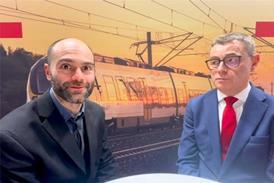Close menu
- Home
-
News
- Back to parent navigation item
- News
- Traction and rolling stock
- Passenger
- High speed
- Freight
- Infrastructure
- Policy
- Technology
- Ticketing
- Business
- Research, training and skills
- Accessibility and inclusion
- People
- Urban rail news
- Suburban and commuter rail
- Metro
- Light rail and tram
- Monorail and peoplemover
- Regions
- InnoTrans
- In depth
- Events
- Data
- Maps
- Tenders & Jobs
- Sponsored content
- Insights
Polish intermodal hub looks to grow rail traffic as shippers bypass German network
By Railway Gazette International2025-04-10T10:00:00

POLAND: The Baltic Hub Container Terminal in the port of Gdańsk expects its capacity to grow to 8 million TEU per year by the mid-2030s, and it is aiming for rail to have a 36-39% share of hinterland movements by the middle of the next decade.
Already have an account? LOG IN
To continue…
You’ve reached your limit of content for the month

